SPACE IS HARD….AND HORIZONTAL LAUNCH IS FOR THE HARD HEADED.
Horizontal launch proposals have been examined and abandoned for decades. Our lust for reusable space launch systems drives us to near madness. Witness the parade of early concepts that became the space shuttle. Oh Lord, the ungainly piggy back monsters and flights of fantasy that generated! Even in vertical launch these became no better than the ill-fated reality of our shuttle’s flight history. They never realized the economies hoped for. But they nearly enticed the Soviets into making the same mistakes.
it is no surprise that responsible aerospace manufacturers spent a lot of money on concepts for horizontal launch. We published an article about the Rockwell Star-Raker, a huge fleet of huge aircraft that needed exotic engines for single stage to orbit missions. We still can’t do that, so why do we still see these proposals? With smaller vehicles there might be some chance for these to replace satellites for the military. As such DARPA and the Air Force are still paying for new ideas.
In 2010 NASA was beating the drums for a maglev rail launch called HOTL. Where did it go? Even Google can’t find it now without trying to direct me to a hotel.
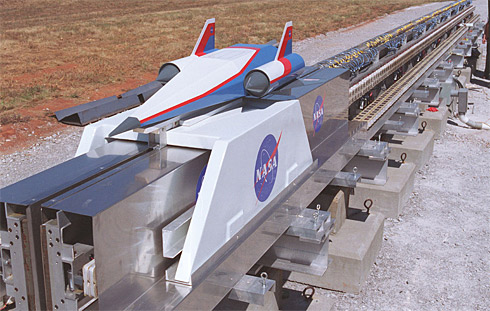
In 1988 Boeing got a patent on a 2 stage space plane that looks nice. It misses some opportunities for efficiency but they clearly spent some time on engineering and lawyers. It would use hardware from the shuttle so some parts are already designed. Is it that hard to get investors in good hardware?
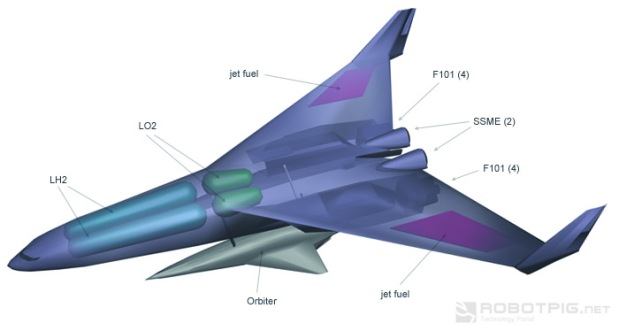
In 2004 the Quicksat vehicle was presented with an X-37 type upper stage on a hypersonic wedge booster. The Air Force worked with Spaceworks for this study.

In 2010 the Air force went to Spaceworks again to look at using the Sabre engine concept for a small launcher. Payload, takeoff weight, and development costs would be really massive. But the payoff may also be pretty big.
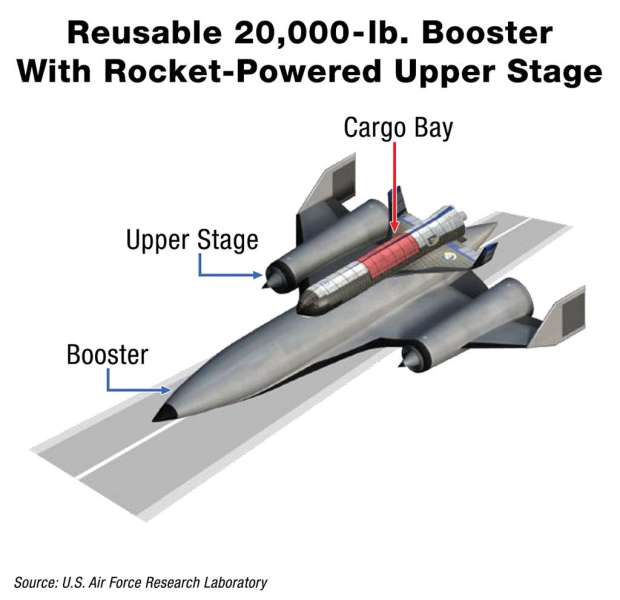
At the Same time we see that Boeing is also watching hypersonic launch concepts. We just don’t know how many new propulsion and airframe ideas are being explored at this time.
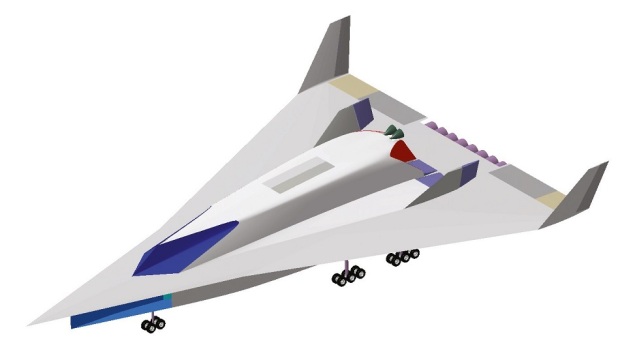
SCRAM-A-RAM-A-DING-DONG-A-DELTA WINGEY THINGEY!
Meanwhile in civilian commercial space another entry is coming from Triton Systems as the Stellar-J. this is a low speed low temperature design but rockets give the first stage an extra kick.
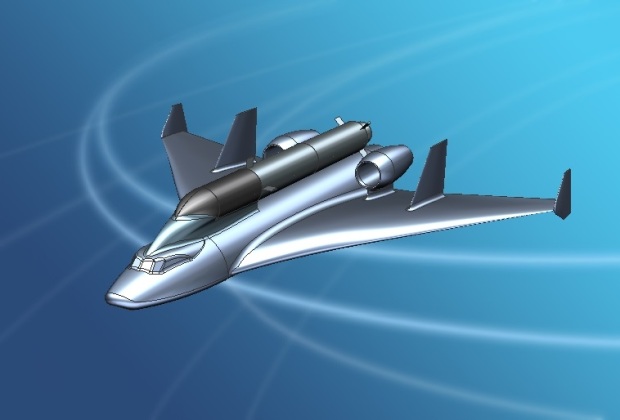
Bristol Spaceplanes have offered orbital variants for some time now. They may finally get some support from the revived interest in space from the British government.
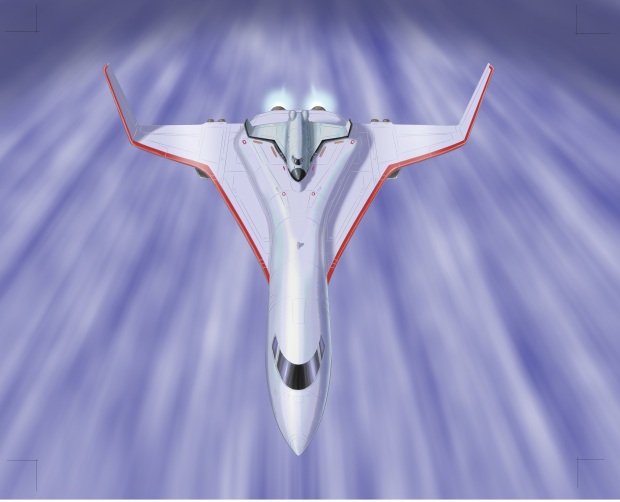
And of course I have to confess to my own slightly weird in-line staging proposal. We at Exodus Aerospace may have to leave a lot of luxury items behind to get the mass low enough for profit. But like everyone else we will join the hunger games for the high goal…wings to space; the Wright stuff.

All of this points out how much is invested in reaching for the “holy grail” of cheap access to space. If Spacex does reuse two stages or more on a regular basis, other launch providers have to find some solution to compete. Statistically it might seem that vertical landing may not have success all the time. There are a lot of complex operations involved. Wings will continue to appeal to us a means of recovery. So being hard headed may yet pay off.

If SpaceX and Blue Origin demonstrate repeated vertical landing capability with a high probability of success, then Vertical Landing is superior to Horizontal Landing. For one, it requires less specialized systems and less dead mass not working towards putting something into space. Wings, for example, can be done away with.
Yes, IF is still the rule that we are waiting on. Meanwhile the X-37 has been operational for years with no mishaps. Pegasus has inspired and grown into Stratolaunch. The Shuttle suffered from booster issues but otherwise has also delivered years of service. Lifting bodies are just a fuselage with flats, so wings aren’t really an issue. They are flat fuselage with volume for tanks and systems. Blended wing bodies use all surfaces for efficient lift so even wings deliver fuel volume. Using the extended atmospheric leg enables air breathing engines to leave a great mass of oxidizer liquid behind. Even vertical landing requires extra mass for fuel and landing gear. A good compromise brings wings into ground effect with a last minute vertical thrust to cushion and brake like a Harrier jet. Let’s use ALL the advances available.
What’s next?
For our management and venture partners to put us to work! We may have some fire in the ignition cycle…stay tuned.
I wish you the best of luck in your endeavours. Have you thought of partnering or being associated with universities? They would be interested in expertise in design projects.
“We may have some fire in the ignition cycle”
Could you explain this?
Universities are just one avenue. the business plan is still developing for now.